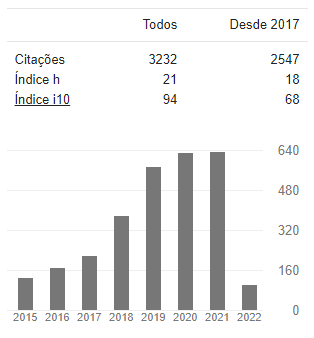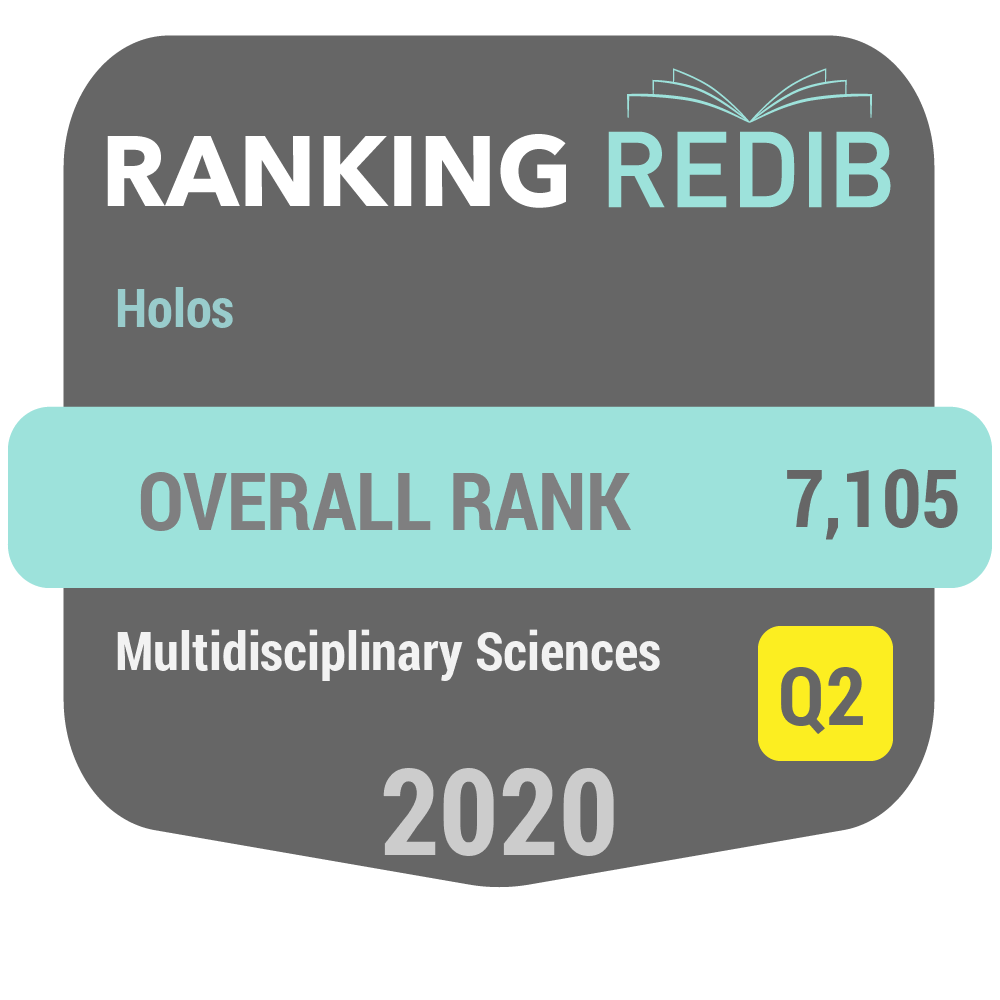NOVO DESIGN PARA A REDE FEDERAL DE EDUCAÇÃO TECNOLÓGICA
DOI:
https://doi.org/10.15628/holos.2008.217Resumo
RESUMO A partir do ano de 2003, o Governo Lula iniciou ações voltadas à democratização da oferta da educação técnica no país, através de um plano estruturante de expansão da Rede Federal de Educação Profissional e Tecnológica. A primeira fase do plano compreendeu a construção de 64 novas Unidades de Ensino para somar às 140 que já existiam. Ao mesmo tempo, o Ministério da Educação logo deu início à segunda fase do projeto, para a implantação de mais 150 novas Escolas, devendo totalizar, até 2010, a meta de 354 instituições. Nesse contexto, surge a proposta de constituição de 38 Institutos Federais de Educação, Ciência e Tecnologia para integrar, a partir do exercício de 2009, essas Unidades de Ensino, bem como constituir a Rede Federal de Educação Profissional, Científica e Tecnológica. Cada Instituto Federal é estruturado com uma Reitoria e vários Campi, com gestão interdependente entre ambos. Territorialmente, à Reitoria competirá a função estratégica de definição de políticas, supervisão e controle. Para tanto, necessita de uma estrutura administrativa que congregue, além do gabinete, pró-reitorias e diretorias de atuação sistêmica, cabendo a esses órgãos a função de trabalhar matricialmente vinculados às unidades afins dos Campi. Cada Campus, por sua vez, responsável pela execução dos objetivos finalísticos institucionais, necessita de uma estruturação híbrida, através da associação da departamentalização funcional e a matricial – para viabilizar o diálogo e interação dos departamentos da área acadêmica com as unidades operacionais dos demais departamentos das áreas de administração, de apoio ao ensino, de extensão e de pesquisa. Na realidade, o arranjo situacional dos Institutos Federais é novo e caracteriza-se como próprio de uma estrutura em rede, para integrar sistemicamente diversas organizações de ensino através de um núcleo central – no âmbito nacional, através da Secretaria de Educação Profissional e Tecnológica do Ministério da Educação, e no espaço regional, os vários Campi, através de uma Reitoria. PALAVRAS-CHAVE: Educação Profissional; Expansão; Rede Federal; Instituto Federal. NEW DESIGN FOR FEDERAL NETWORK OF TECHNOLOGICAL EDUCATION ABSTRACT Since the year of 2003, Lula’s Government initiated actions directed to the democratization of technique education offer in the country, through a structuring plan of expansion of Federal Network of Professional and Technological Education. The first phase of the plan embraced the construction of 64 (sixty-four) new Education Units to sum up to the 140 (one hundred forty) that already existed. At the same time, the Ministry of Education started second phase of the Project, for the implantation of more 150 (one hundred fifty) new Schools, totalizing, up to 2010, the goal of 354 (three hundred and fifty-four) institutions. In this context, appears the proposal of establishing 38 (thirty-eight) Federal Institutes of Education, Science and Technology to integrate, from 2009, these Education Units, as well as constituting the Federal Network of Professional, Scientific and Technological Education. Each Federal Institute is structured with a Rectory and some campuses, with interdependent management between both. Territorially, to the Rectory will comprehend the strategical function of politics definition, supervision and control. To achieve it, needs an administrative structure that congregates, beyond the cabinet, pro-rectories and systemic performance directorates, being responsibility of these agencies the function of working matrically entailed to the similar units of the campuses. Each Campus, therefore, responsible for the execution of finalistic institutional objectives, needs a hybrid structuring, through the association of functional and matrical departmentalization – to make possible the dialogue and interaction of the academic area departments with the operational units of the others departments of administration areas, of education support, of extension and research. In reality, the situational arrangement of the Federal Institutes is new and characterized as proper of a network structure, to systematically integrate several organizations of teaching through a central nucleus – in national scope, through the Professional and Technological Education Secretariat of the Ministry of Education, and in regional scope, some Campuses through a Rectory. KEYWORDS: Professional Education; Expansion; Federal Network; Federal Institute.Downloads
Não há dados estatísticos.
Downloads
Publicado
02/03/2009
Como Citar
Fernandes, F. das C. M. (2009). NOVO DESIGN PARA A REDE FEDERAL DE EDUCAÇÃO TECNOLÓGICA. HOLOS, 3, 56–66. https://doi.org/10.15628/holos.2008.217
Edição
Seção
ARTIGOS









































